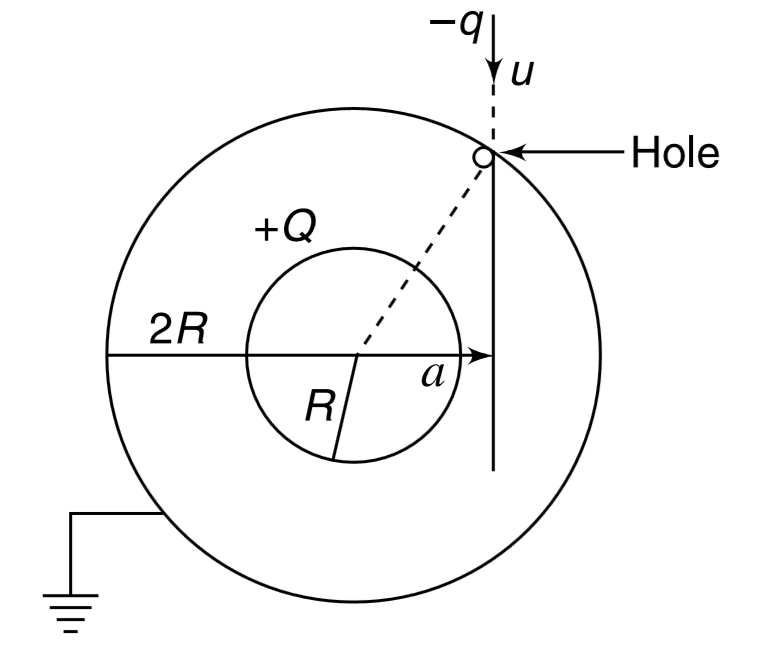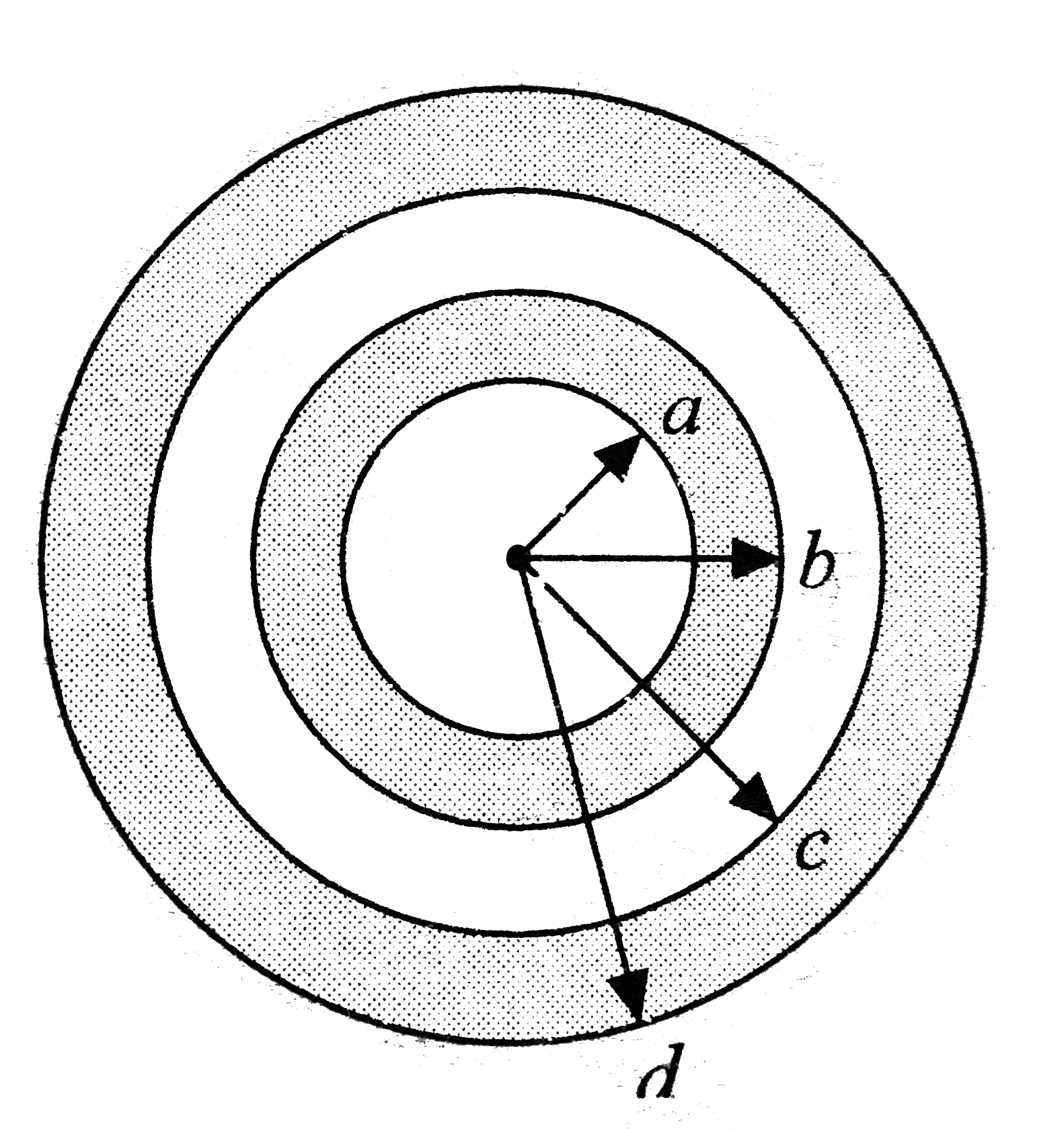The seedcoat has 2 layers, the outer…….and inner……..The……. is a scar on the……. seedcoat through which the developing seeds are attached to the fruit. Above the……….is a small pore called…….the
Testa, tegmen, hilum, hilum, micropyle
Tegmen, testa, hilum,micropyle, hilum
Testa, tegmen, micropyle, micropyle, hilum
Tegmen, testa, testa , micropyle, hilum
The correct Answer is:A
To answer the question regarding the seed coat, we can break it down step by step:
1. Identify the Layers of the Seed Coat:
- The seed coat consists of two layers.
- The outer layer is called Testa.
- The inner layer is called Tegmen.
2. Identify the Scar on the Seed Coat:
- The scar on the seed coat through which the developing seeds are attached to the fruit is known as the Hilum.
3. Identify the Pore Above the Hilum:
- Above the hilum, there is a small pore called the Micropyle.
Putting it all together, we can fill in the blanks in the original question:
- The seed coat has 2 layers, the outer Testa and inner Tegmen. The Hilum is a scar on the Testa seed coat through which the developing seeds are attached to the fruit. Above the Hilum is a small pore called Micropyle.
- The seed coat consists of two layers.
- The outer layer is called Testa.
- The inner layer is called Tegmen.
- The scar on the seed coat through which the developing seeds are attached to the fruit is known as the Hilum.
- Above the hilum, there is a small pore called the Micropyle.
Similar Questions
Knowledge Check
Scar on the seen coat through which the developing seeds are attached to the fruit is called
AHilumBkemelCEpicotylDCaruncleX is scar on the seed coat through which the following seeds were attached to the fruit, above the X is a small pore called Y.
Identify X and Y and select the correct option .A X YMicropyleHilumB X YHilumMicropyleC X YTestaTegmenD X YChalazaMicropyleA small conducting spherical shell with inner radius a and outer radius b is concentric with a larger conducting spherical shell with inner radius c and outer radius d ( as shown in Fig . 2.121). The inner shell has a total charge +2q, and the outer shell has a total charge +4q. Calculate the electric field in terms of q and the distance r from the common center of the two shells for

a<r<bAzeroB14πε02qr2C−14πε06qr2D(1)/( 4 pi epsilon_(0)) (q)/( r^(2))
a small pore above the scar found on seed coat is
View SolutionA spherical capacitor has the inner sphere of radius 2cm and the outerone of 4cm. If the inner sphere is earthed and the outer one is charged with a charge of 2μC and isolated. Calculate ltbr> (a) the potential to which the outer sphere is raised.
(b) the charge retained on the outer surface of the outer sphere.
View SolutionA hollow sphere of glass of inner and outer radii R and 2R respectively has a small mark on its inner surface. This mark is observed from a point outside the sphere such that the centre of the sphere lies in between. Prove that the mark will appear nearer than it really it, by a distance (μ−1)(R)/(3μ−1)
View SolutionTwo concentric spherical shells have radii R and 2R. The outer shell is grounded and the inner one is given a charge +Q. A small particle having mass m and charge – q enters the outer shell through a small hole in it. The speed of the charge entering the shell was u and its initial line of motion was at a distance a=√2R from the centre. (a) Find the radius of curvature of the path of the particle immediately after it enters the shell. (b) Find the speed with which the particle will hit the inner sphere. Assume that distribution of charge on the spheres do not change due to presence of the charge particle

View SolutionA small conducting spherical shell with inner radius a and outer radius b is concentric with a larger conducting spherical shell with inner radius c and outer radius d ( as shown in Fig . 2.121). The inner shell has a total charge +2q, and the outer shell has a total charge +4q. Calculate the electric field in terms of q and the distance r from the common center of the two shells for

c<r<d
View Solution
